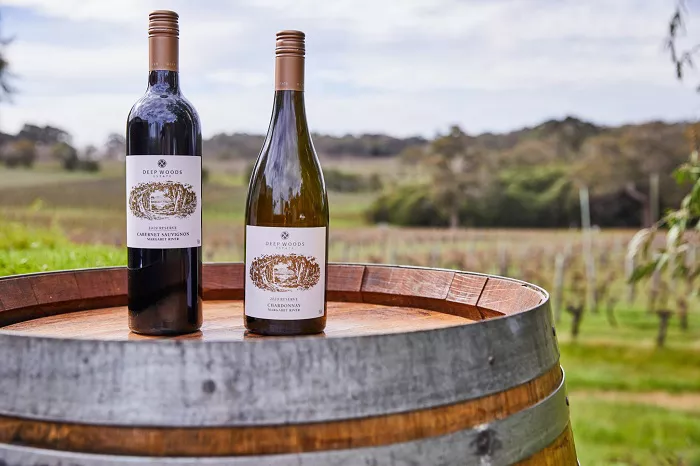As Spain’s summers grow increasingly torrid, domestic tourists are swapping the traditional southern beaches for the cooler, greener landscapes of Galicia in the country’s northwest. This climatic shift is not only reshaping holiday habits but also bolstering Galicia’s growing reputation among wine enthusiasts.
In recent years, this historically isolated region—known for its rain-soaked coastline and lush scenery—has captured the attention of some of Spain’s most prestigious red wine producers. Reflecting the global trend toward white wine consumption, several major players from traditional red wine regions have made significant investments in Galicia’s vineyards.
Tempos Vega Sicilia, the iconic producer from Ribera del Duero, announced a €20 million investment in Rías Baixas three years ago, establishing a vineyard and a winery set to open in 2025. Similarly, Alma Carraovejas, owner of Pago de Carraovejas, acquired Viña Meín in Ribeiro in 2019. In 2023, Rioja’s renowned CVNE purchased La Val in Rías Baixas, building on its earlier ventures in Valdeorras. Pago de los Capellanes also entered Galicia in 2015 with its Valdeorras winery, O Luar do Sil.
Galicia’s wine scene has long been associated with Albariño, the flagship grape of Rías Baixas. Thanks to its thick skin and the Atlantic’s cooling influence, Albariño has produced crisp, fruity whites that became synonymous with Spanish white wine abroad. However, a notable stylistic shift is underway. Leading producers are now crafting more complex, saline, mineral-driven Albariños designed to age, drawing comparisons to Chablis. Vega Sicilia’s inaugural vintage from the region will not be released until 2027, underscoring this new, more serious approach.
Yet, expansion in Galicia’s fragmented viticultural landscape is no easy feat. Rías Baixas’ 4,640 hectares are divided among approximately 16,000 owners, many living abroad. It took Vega Sicilia four years to assemble just 30 hectares. Across Galicia, vineyards are small and often interspersed with other crops, with vines sometimes trained up granite posts to maximize use of the rugged land.
Beyond Rías Baixas, Galicia’s other wine regions—Ribeiro, Ribeira Sacra, Valdeorras, and Monterrei—offer unique profiles. Ribeiro, shaped by the Miño River, is enjoying a white wine renaissance driven by native varieties like Treixadura. Monterrei, with its continental climate, produces both whites and robust reds. Meanwhile, Ribeira Sacra, where vineyards cling to vertiginous slate slopes, and Valdeorras, home to the Godello grape, are emerging as sources of world-class wines.
Visionary vintners such as Telmo Rodríguez and Rafael Palacios recognized Galicia’s potential decades ago. Rodríguez’s Ladeiras do Xil operation spans steep vineyards in Valdeorras and Ribeira Sacra, while Palacios, who arrived in 2004, has elevated Valdeorras’ profile with his acclaimed, vineyard-specific whites, including the highly regarded As Sortes.
Despite this momentum, Galicia’s promotional efforts have been uneven. A recent London showcase organized by local officials notably omitted some of the region’s top names, seemingly focusing instead on promoting lesser-known producers who funded the event. Nevertheless, for wine lovers seeking refreshing, characterful Spanish whites that defy old stereotypes, Galicia now offers an array of exciting discoveries.
You Might Be Interested In:


